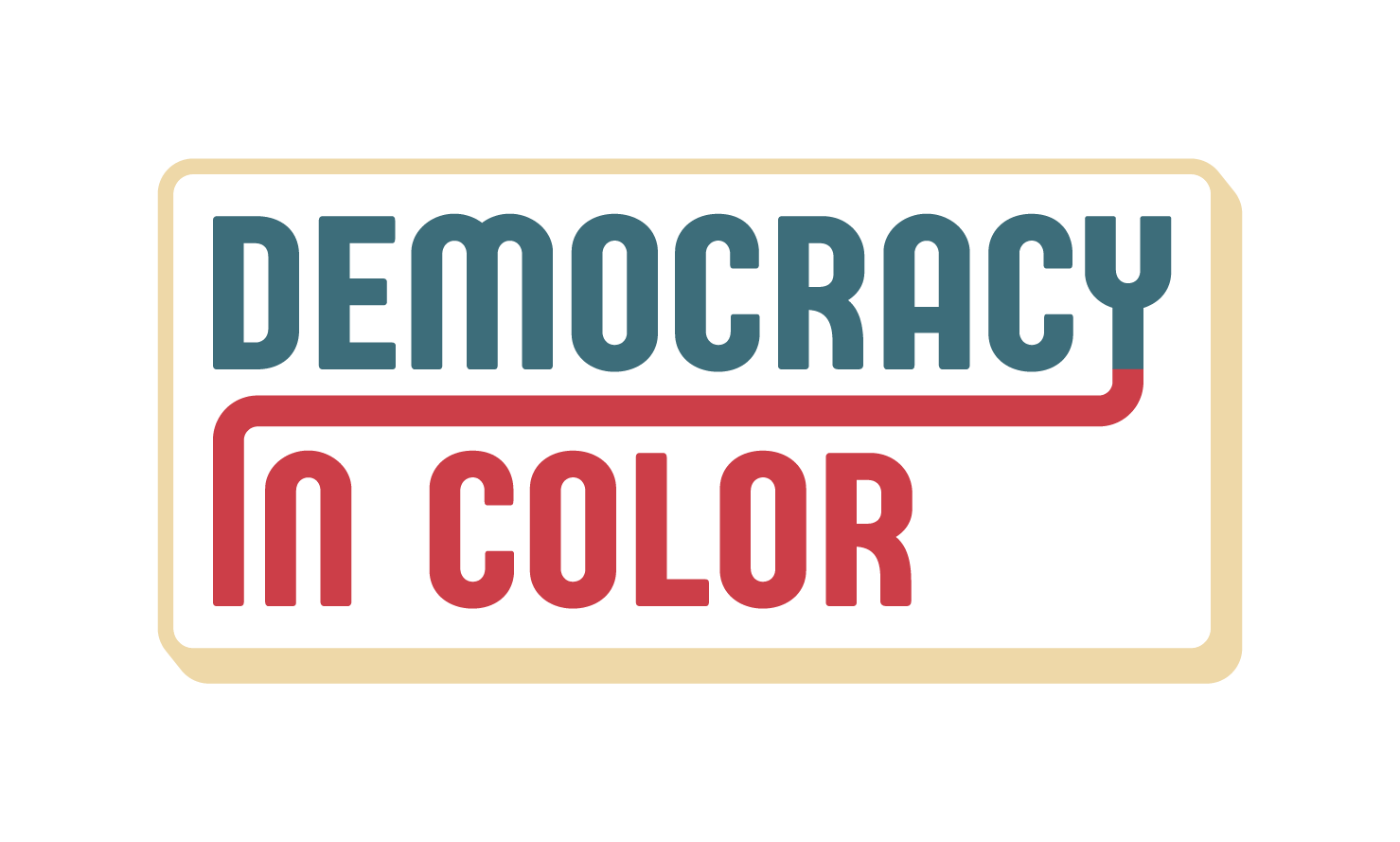Transparency |
Nobody in American politics has laid out as detailed a strategy for change as Fair Fight and its founder, Stacey Abrams, nor has anybody been as creative and transparent in communicating those strategies and plans. From a 304-page bestselling book, "Our Time is Now," to an Amazon documentary, "All In: The Fight for Democracy," to a 16-page publicly available memo, "The Abrams Playbook," to a New York Times op-ed by Fair Fight Executive Director Lauren Groh-Wargo, the Fair Fight leaders have not only been transparent, they have been ubiquitious. And on top of all of that, they send detailed monthly "Stakeholder Updates" to their supporters. Their efforts stand in stark contrast to the typical progressive MO of cloaking plans and efforts in opaque organizations and vague descriptions. |
Geographic targeting
 |
Fair Fight is crystal-clear in its analysis of which states are most at risk from right-wing voter suppression, and they are concentrating their efforts in exactly the right places. They have sent dozens of staffers into 18 states to ramp up the Democratic voting rights infrastructure, including establishing voter hotlines and creating voter protection teams to be in place for the primaries so they can prepare for the general election. |
Demographic targeting  |
Not only is Fair Fight philosophically unafraid to heavily invest in communities too often overlooked by progressives—African American, Latinx, AAPI, Native American and young voters of all races—they also prioritize those investments because those are the highest value ROI activities related to scaling the systems and efforts needed to mitigate the impact of voter suppression in the fall. They are clear about the focus of their efforts and aggressive in implementing plans to assist those target communities. |
Data-informed strategy |
In their books, memos, updates, and public statements, the Fair Fight team meticulously explains the data-driven basis of their activities and how that data leads them to a strategy most likely to yield desired results. In the Abrams Playbook, for example, the memo breaks down vote share by racial group (AAPI, Latinx, African American, Native American, Other, and White) for 2014, 2016, and 2018 as a way of illustrating trends and the most promising places to focus efforts. Few other organizations conduct such analysis, and even fewer still publicly share said analyses. |
| OVERALL GRADE |  |





